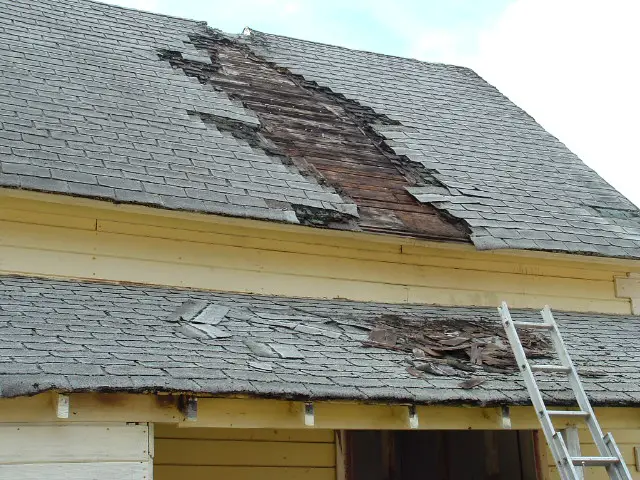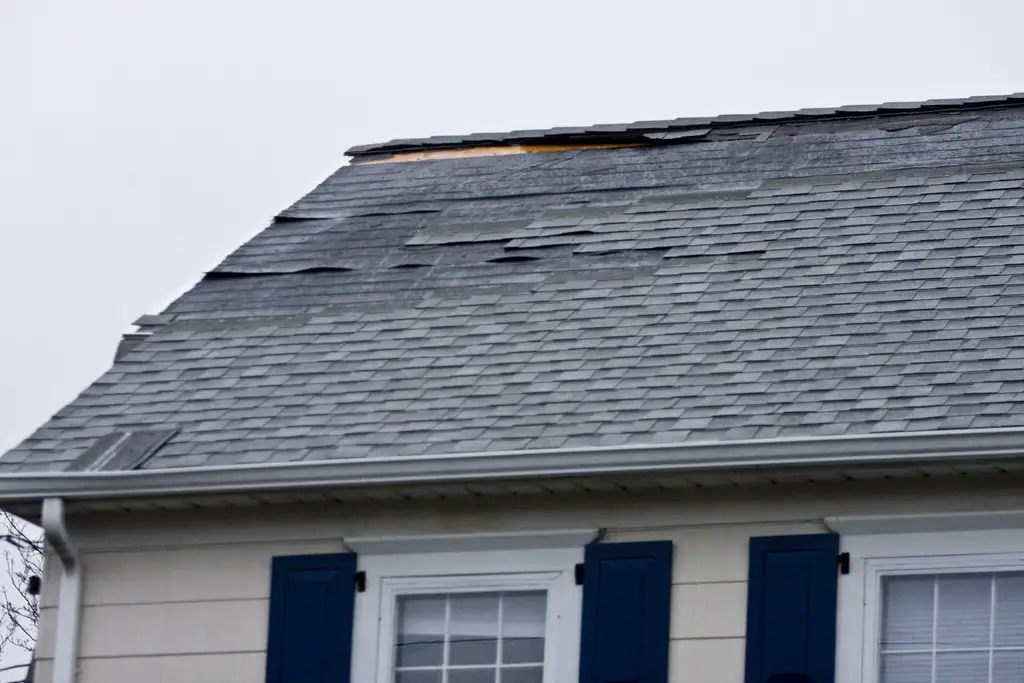If you’re like me, you’re always looking for ways to be more environmentally friendly. And when it comes to home improvement projects, that means finding ways to recycle or reuse materials whenever possible. So when we replaced our roof last year, I was thrilled to find out that there are quite a few ways to recycle or reuse old roof shingles.
If you’re not familiar with roof shingles, they are the thin, flat pieces of material that are used to cover the roof of a house. They are typically made of asphalt, fiberglass, or slate, and most are dark in color. They are also quite heavy, which makes them difficult to dispose of in a regular trash can.
There are a few different options for disposing of roof shingles. You can take them to a local landfill, recycle them, or even reuse them. Each option has its own set of pros and cons.
The best option for you will depend on a few factors, including where you live, what type of shingles you have, and how much waste you have to dispose of. In this blog post, we will explore all of these options in more detail so that you can make the best decision for your situation.
Ways To Dispose Of Roof Shingles

Disposing of roof shingles can be done in a variety of ways, depending on your preferences and what is most practical for your situation. Here are some tips on how to choose the best methods for disposing of old roof shingles:
1. Recycling
Many municipalities have recycling programs that accept used roof shingles for recycling. This can be a good option if your roof is old and you are planning to have it replaced soon.
Recycling the shingles will help conserve resources and reduce waste, while also helping to support local businesses that provide this service. While it may cause trouble getting them picked up, some roofing companies can help with recycling.
2. Donating
If your roof shingles are intact and still in good condition, you may be able to donate them to a local charity or organisation that accepts material goods for reuse. This is a great option if the shingles are still usable, as it can help someone else in need and reduce the amount of waste that is sent to landfills.
3. Reusing
If you have a smaller roof that does not require so many shingles, one option for disposing of old roof shingles is to simply reuse them for another project. For example, if you are installing a new roof, you may be able to save some of the shingles if they are in good condition and use them as a secondary layer. Reusing roof shingles in this way can help you save money on your project and reduce waste at the same time.
4. Disposing of roof shingles in landfills
While this is the least environmentally-friendly option, it is typically the most common and easiest way to dispose of old roof shingles.
If you are not able to recycle or reuse your roof shingles, then you can simply dispose of them in a landfill. However, if possible, try to find alternatives that will help you reduce your impact on the environment and conserve resources.
When deciding how to dispose of roof shingles, it is important to consider what is most practical for your situation, as well as any local regulations or environmental concerns that may be relevant in your area.
By evaluating these factors and considering the pros and cons of each disposal method, you can make an informed decision and choose a disposal method that is best for you and the environment.
Can you recycle roof shingles?

While most roofing materials can be recycled or repurposed, shingles pose special challenges due to their small size and weight.
Some recycling centers may accept shingles as part of a larger collection program, but it is best to check with your local recycling facility to see if they accept this type of material.
Additionally, you can check with your city or town to find out about any special regulations for roofing materials and waste disposal.
How Long Does Roof Shingles Good For?
There’s no denying that the roof is one of the most important components of your house. Besides keeping the weather out, it also protects your home from pests and other animals. Therefore, you should make sure that your roof is in good shape and that it will last for as long as possible. But how long do roof shingles actually last?
The lifespan of a roof shingle depends on a few different factors, including the type of shingle, the climate, and the installation. For example, asphalt shingles, which are the most common type of shingle, can last anywhere from 15 to 30 years. However, if you live in an area with a lot of sun and heat, your shingles may only last half as long.
FAQs
How Much Do Shingles Weigh?
One square of asphalt shingles weighs about two pounds. So, a typical roof with 20 squares of asphalt shingles would weigh about 40 pounds. Similarly, one square of architectural shingles weighs about three pounds.
So, a typical roof with 20 squares of architectural shingles would weigh about 60 pounds. However, one square of slate shingles weighs about four pounds. So, a typical roof with 20 squares of slate shingles would weigh about 80 pounds.
Can I dispose of other roofing materials along with shingles?
The answer is yes, you can dispose of other roofing materials along with shingles. However, you will need to check with your local waste management company to see what their policies are. Some companies may have specific requirements for how these materials are disposed of.
Conclusion
Roofing shingles are typically best disposed of by recycling or reusing them. However, sometimes it may be necessary to dispose of shingles in landfills due to their unusability.
When it comes to disposing of old roof shingles, you can recycle and repurpose the materials, donate them to a charity or institution, or just dump them in the landfill.
Regardless of your preferred disposal method, it is crucial that you take into account your personal situation, local regulations, and the ecological consequences when determining how to dispose of roof shingles.
My name is Ella Vicedomine and I’m the founder of this blog. The aim is to start this informational blog to guide people on how to dispose of waste things around in the house but in the right way.


1 thought on “How To Dispose of Roof Shingles”